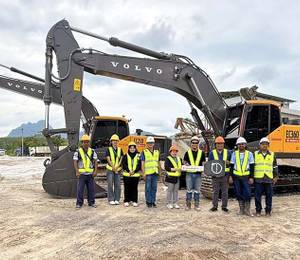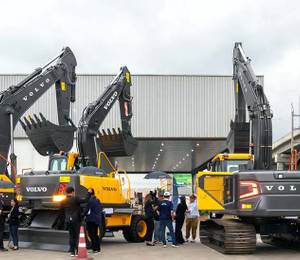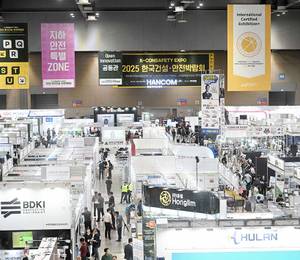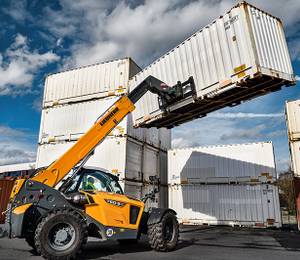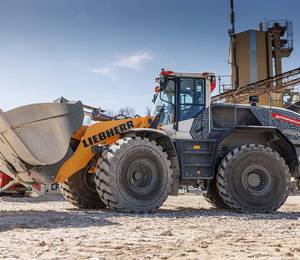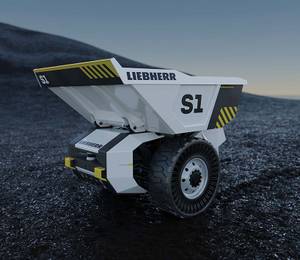The first electric duty-cycle crawler crane from Liebherr, the HS 8100.2 dual power, offers various drive alternatives depending on the jobsite conditions. The centrepiece of the machine is an integrated battery with which the entire drive system runs. The battery can be charged in different ways. With a power input of 125 A, the crane is operated entirely via the jobsite electricity supply.
With 32 A or 64 A, part of the required energy comes from the mains supply, while the rest is delivered by an optional diesel generator that is completely integrated in the machine and does not require any extra space. The product name ‘dual power’ derives from this drive concept. If no charging infrastructure is available on the jobsite, the drive is powered entirely by the diesel generator. Thanks to the battery, the crane can also be autonomously assembled or disassembled, or travel over a distance of around 400 m.
All main components of the HS 8100.2 dual power are electric: travelling gear, swing drive, luffing winch and free-fall winches. The crane is easy to maintain and its electric drive system delivers zero emissions on the jobsite. In mains or dual power operation, the machine produces little or no exhaust fumes and is very quiet. It is suitable for projects in noise-sensitive and urban areas.
The HS 8100.2 dual power can be used for a wide range of applications – whether with a mechanical grab for deep foundation work, with a dragline for material handling or for lifting up to 100 t. The electric free-fall winches with a line pull of 300 kN each ensure the necessary power on the jobsite. If these are lowered with friction, they recover energy to charge the battery.
Thanks to the all-electric drive concept in combination with this energy recovery, the power requirement could be reduced by up to 30% compared to the conventional version. This makes operation of the new model particularly efficient. The HS 8100.2 dual power has the same control concept as the entire HS series, making it easy for the operator to switch to the new device.

